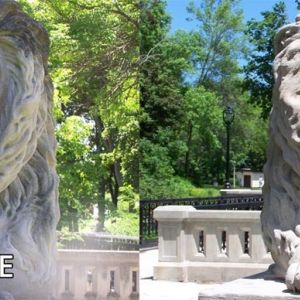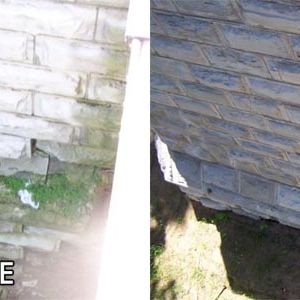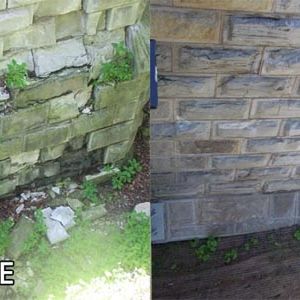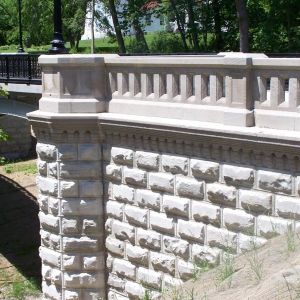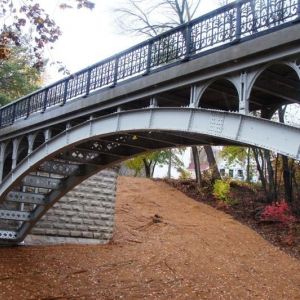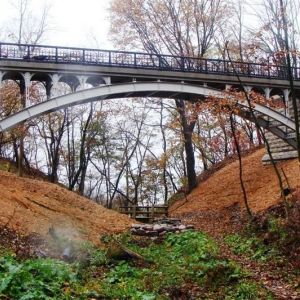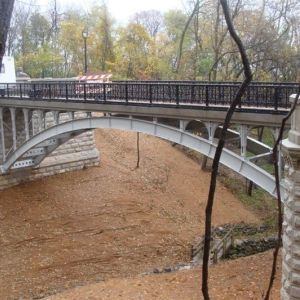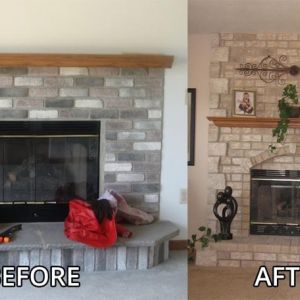Masonry Restoration Services
Since 1987 we’ve built our reputation on values and a strong commitment to providing professional, safe, and quality masonry restoration services to our clients. Our commitment to you is far more than professional: it’s personal. Vortex Restoration makes every effort to understand your goals, so we can meet your masonry restoration needs without disruptions and provide a result that exceeds your expectations.
Vortex Restoration specializes in masonry restoration and tuck-pointing for historical homes, businesses, schools, museums, and more!

Historical Masonry Restoration
Many historical buildings, bridges, public areas, and more are constructed using masonry. Structures that are constructed using rocks and stones are durable and provide a bold look, but they do not last forever. Decay will eventually be noticeable in the mortar. If you are experiencing degradation of your masonry or mortar, Vortex Restoration is your masonry restoration expert.
Vortex Restoration has worked on hundreds of masonry projects over the years with successful restoration to like-new condition. Whether it's a building exterior, historic home, stone statue, or other masonry work, we take exacting care during the project to ensure you are satisfied with the end results.
Vortex Restoration provides great quality and excellent service with experience in historical masonry restoration since 1987. Don’t waste time letting minor masonry damages become serious. Call Vortex Restoration for your historical masonry repair and restoration needs!
Tuckpointing
Tuckpointing is useful in masonry design renovation, as it can transform the appearance of a building, while retaining the character of the brick or stone work. While mortar creates a solid bond, it is not nearly as durable as brick, and requires maintenance over time. Mortar begins to decay faster than brick and stone, with weather playing a large factor in the deterioration. This decay can degrade the visual appeal of a building and cause it to become less structurally sound.
To maintain optimal beauty and performance of a structure, tuckpointing should be completed by a skilled and experienced mason. Tuckpointing requires precision, and our team at Vortex Restoration will leave your walls and other brick/stone features stronger with our high attention to detail. Contact us to get started on your next masonry restoration project in the Milwaukee, Racine, or Kenosha area!

